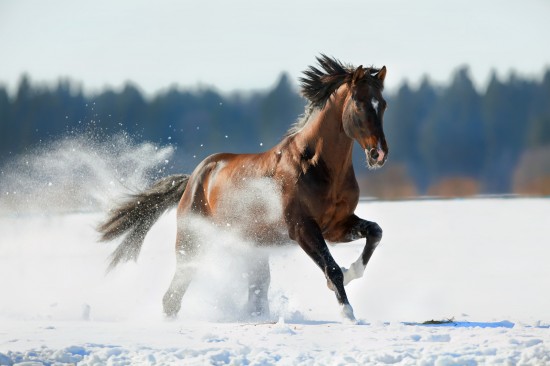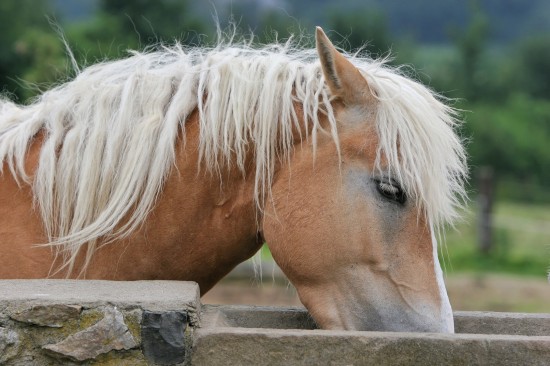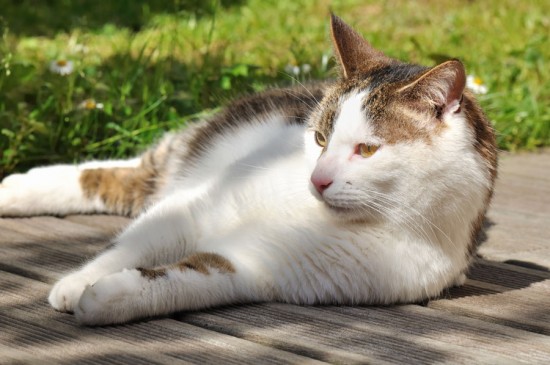Description: The Sussex Spaniel has a low body but it is a strong, big dog. The skull is wide, broad and heavy looking. The muzzle is square in shape and is only three inches in length. The nose is always liver colour. It has large eyes and these are hazel in colour. With low set ears that are large and hang down, this is covered in wavy soft fur. This dog has a slightly arched neck. The chest is deep. The legs are especially short. The tail is docked, in countries that still permit docking, to 5-7 inches. The height is 15-16 inches and the weight is 40-44 pounds. The coat can be wavy or flat and comes in a gorgeous golden liver colour. They have feathering on the neck, tail, feet and legs. Life expectancy is about 12-15 years.
History: The Sussex Spaniel is still fairly rare and was developed in the 1800's in Sussex, in England. This dog was bred to be a small game hunter and also a companion dog. In 1795 Mr. Fuller who lived in Hastings in East Sussex bred gun dogs to work in hard terrain, with a lot of undergrowth. He wanted a Spaniel that could have all the hunting abilities Spaniels have but also cope with the harsh conditions. Crossing the Field Spaniel and Norfolk Spaniel and maybe some early Springer Spaniels is how the Sussex Spaniel was gained. This breed was bred to gain the barking abilities that were not common at the time. These dogs bay while in the hunt. This was proudly in the first ten of the stud book by the AKC in 1884. In and after World War II the breed was saved by Ms. Joy Freer and all Sussex Spaniels are now from her line. This line dropped to just 10 in the UK register. In 2004 the breed had been identified as a vulnerable native breed by the KCGB In 2008, there were only 56 puppies registered in the UK. In 2009 a Sussex Spaniel called "Stump" won the best in show of the Westminster Kennel Club at the grand age of 10 years. This dog is more popular in the USA. Talents include tracking, retrieving, watchdog and hunting.
Temperament: The Sussex Spaniel needs lots of daily exercise and this will help the dog to be calm indoors. This dog is more reserved than most of the Spaniel family. This dog loves to hunt and will be keen and enthusiastic throughout the hunt, rarely staying still. Their ability to bark is shown in the hunt where they will bark non-stop. This is also a great companion dog and loves all they meet and are gentle with lots of loyalty. This breed is wonderful with children and can get on with cats in the home. This dog is part of the family of Spaniels but has less energy and is not as playful. They want, and need, a good pack leader to bring out the best in this breed. They are in need of good consistent training, as they can be slow to learn. But with firm, not harsh, training and good leadership they do get there. Keep it clear to the dog that you are the owner and that your rules are set, this will avoid problem issues such as being snappy. This breed needs good regular exercise daily. As this dog is prone to weight gain it is important that it has daily opportunities to walk and exercise, to keep the weight down, if not this can cause back problems, for the Sussex Spaniel. They love to follow smells and will like to swim if the opportunity comes up. This dog loves the outdoor life and will like to have a run in fields and woods. If not enough exercise is given one of the things they do is howl to let you know they need more walking.
Health issues: As with a lot of Spaniels the Sussex Spaniel can get ear problems. They can also have intervertebral disc syndrome, heart murmurs, enlarged heart and can put on too much weight so good control of portions and snacks are important.
Grooming: For the Sussex Spaniel, you have to brush the coat regularly and have the coat plucked when you see lighter hair as this is dead. Care for the ears weekly and check that the bottom of the feet any hair is cut regularly.
Living conditions: The Sussex Spaniel can do well in an apartment if they have been walked daily. They will need a garden but this does not have to be big.

 Getting Your Horse Ready For Winter
Getting Your Hors
Getting Your Horse Ready For Winter
Getting Your Hors
 What To Look For In A Quality Parson Russell Terrier
What To Look For
What To Look For In A Quality Parson Russell Terrier
What To Look For
 How To Minimise The Chances Of Your Dog Developing Bloat
How To Minimise T
How To Minimise The Chances Of Your Dog Developing Bloat
How To Minimise T
 Dehydration Can Affect Your Horses Performance
Dehydration Can A
Dehydration Can Affect Your Horses Performance
Dehydration Can A
 Cats, Hot Weather And Heatstroke
Cats, Hot Weather
Cats, Hot Weather And Heatstroke
Cats, Hot Weather